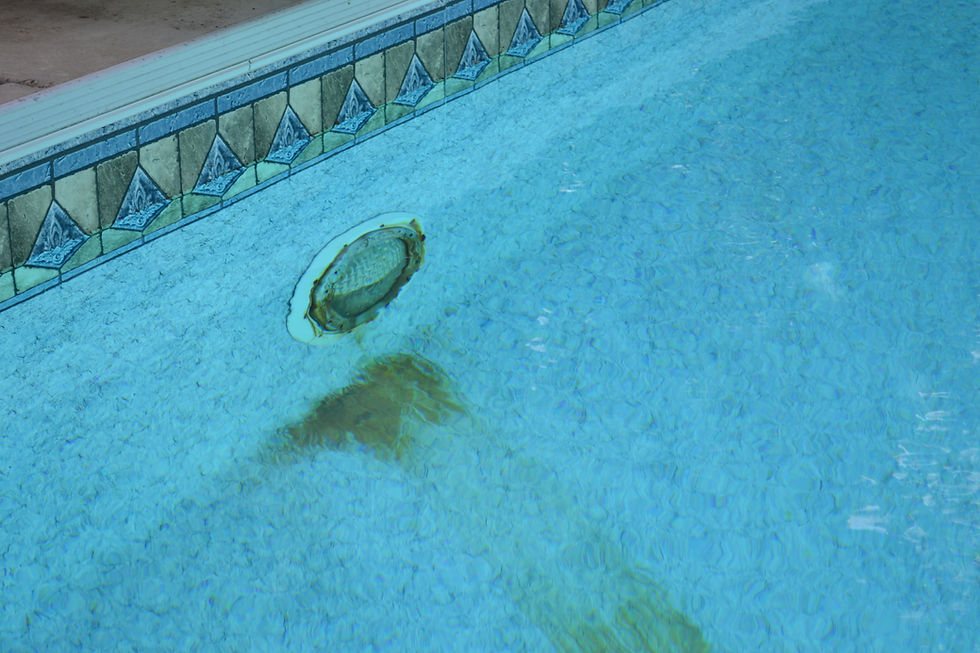Temperature & Water Chemistry
- gabby8437
- Jul 16, 2021
- 2 min read
Everyone enjoys jumping in the pool on a warm summer day. Pools are chlorinated in order to sanitize the water. This way we don't have to worry about if the water we are swimming in is clean or not. Once it becomes mid to late summer, temperatures can start to increase and chlorine can actually start to burn off more quickly than usual. Sunlight and heat are both significant factors when it comes to holding chlorine.
Sunlight
Chlorine forms hypochlorite ions in water. These break apart when they are hit with ultraviolet rays. The light from the sun can significantly decrease chlorine levels in pool water in just a few hours. Because of this, most pool stores offer a chemical called stabilizer. Stabilizer is like "sunscreen for your chlorine". It helps protect your chlorine from UV rays that make it burn off too quickly. We recommend keeping your stabilizer level between 20ppm to 80ppm in order to hold your chlorine reading for a longer period of time.
Temperature
Temperature also has a pretty large effect on chlorine levels in your pool water. Bacteria and microorganisms typically grow more quickly and aggressively in warmer temperatures. When more bacteria starts growing in your pool water, your chlorine is being used more quickly in order to kill this off. This goes for outside temperatures as well as pool water temperatures. As a rule of thumb, if your pool water or outside temperatures are at 85 degrees or higher, you should shock your pool twice per week. This will ensure that your water is safe and sanitized.
Chlorine Shortage
Chlorine tablets are very hard to find right now due to the chlorine shortage occurring nationwide. These tablets typically help pool owners maintain their chlorine levels thanks to the stabilizer and chlorine found in tablets. If you do not have tablets, there are other options to help maintain your chlorine levels. We always recommend getting your water professionally test once a week. We now also recommend using test strips to start testing your pool water every day or every other day because of the chlorine shortage. If you see that your chlorine levels are low after using a test strip, you should add liquid or powdered shock as needed (1 gallon or pound per every 10,000 gallons of pool water). Stabilized chlorine is also an option now. With the help of the stabilizer in this type of shock, your chlorine levels should hold longer.





Kaiser OTC benefits provide members with discounts on over-the-counter medications, vitamins, and health essentials, promoting better health management and cost-effective wellness solutions.
Obituaries near me help you find recent death notices, providing information about funeral services, memorials, and tributes for loved ones in your area.
is traveluro legit? Many users have had mixed experiences with the platform, so it's important to read reviews and verify deals before booking.